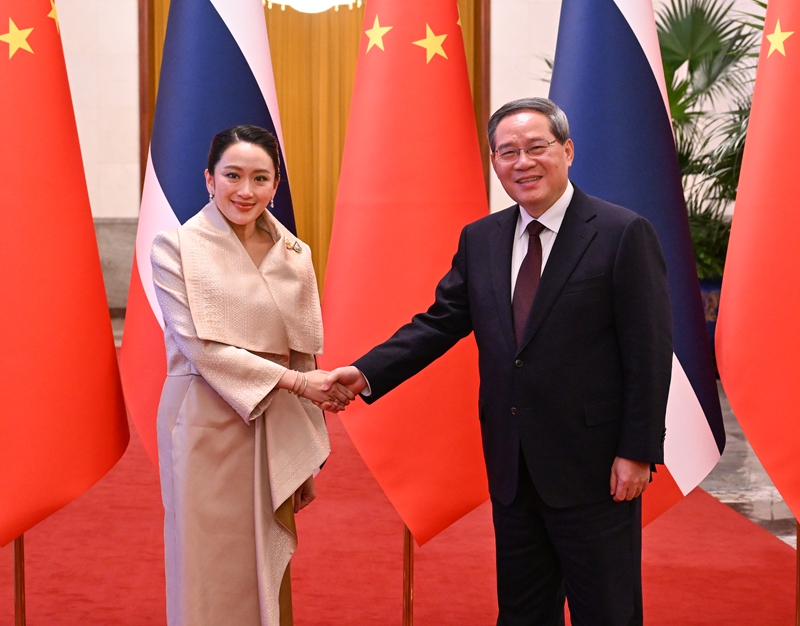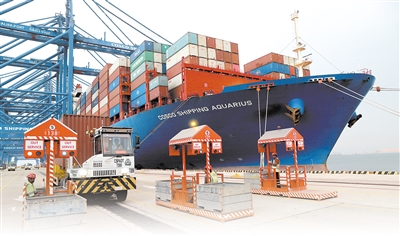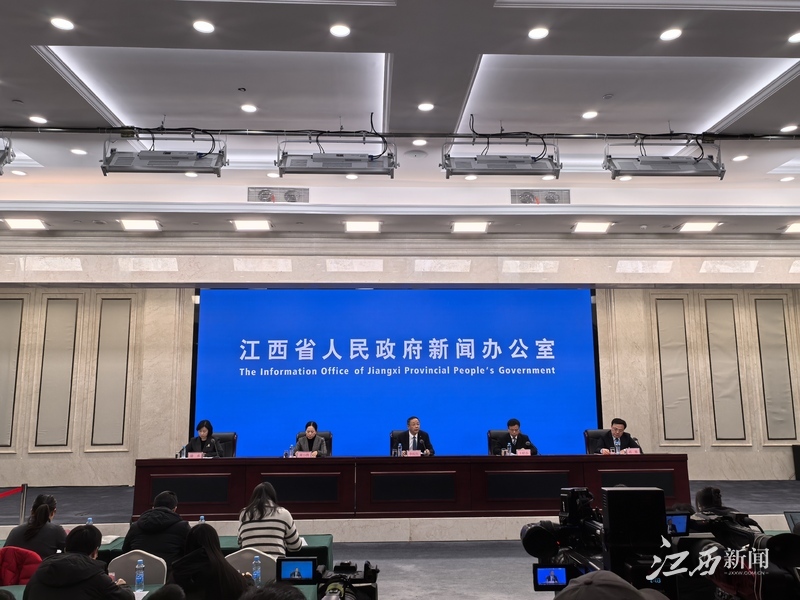China-Central Asia Open Cooperation Releases Institutional Dividends
China-Central Asia Open Cooperation Releases Institutional Dividends
China-Central Asia Open Cooperation Releases Institutional Dividends
"What areas should be opened up in Central Asia be the key areas?" "What special taxes should be paid attention to when investing in Central Asia?" "What are the requirements for localization ratios of employees?"... Recently, at the "China Central Asia Trade Facilitation and Industrial Compliance Strategy Practical Training Class" held by the China International Youth Exchange Center, the heads of Chinese-funded enterprises frequently asked questions and eagerly explored the business opportunities for investment in Central Asia. This scene is a vivid epitome of the continuous heating of economic and trade cooperation between China and Central Asia in recent years. As the world faces the impact of protectionism, China's open cooperation with Central Asia has been deepening and expanding, and has become a brilliant benchmark in regional cooperation and even economic globalization.
China is connected with Central Asian countries and dependent on each other, and the people are friendly for generations. Deepening communication and cooperation is the common wish of both sides. After more than 30 years of diplomatic relations, China and the five Central Asian countries have successfully achieved "three full coverages" of a comprehensive strategic partnership, a joint construction of the "Belt and Road" partners, and a bilateral and regional community of shared future. In recent years, these grand blueprints are accelerating their transformation into more specific and in-depth opening-up measures, constantly removing barriers and unblocking channels, and releasing strong institutional opening-up dividends. In particular, the first China-Central Asia Summit was successfully held in 2023, and the four pillars of the China-Central Asia mechanism construction were quickly formed, 13 ministerial cooperation platforms were implemented one after another, and the permanent secretariat was operated efficiently, which effectively promoted the six countries to make major breakthroughs in the institutional levels of trade facilitation, investment promotion, and free trade rules docking.
For example, companies have initially explored the complex approval process and unfamiliar rules of overseas export investment that are generally concerned by the Central Asian market, which have been improved in the innovation of China's Central Asian trade facilitation system. China and Central Asian countries have updated the bilateral investment protection agreement and introduced a negative list management model, which has significantly simplified the investment approval process; China, Kazakhstan and Kyrgyzstan have also achieved mutual recognition of AEO companies, greatly improving customs clearance efficiency. In addition, there is an electronic platform that integrates customs regulations, tax and fee calculations and other functions in the five Central Asian countries, provides real-time translation in seven languages, and connects with the Kazakhstan "-1" system to support enterprises to apply for China-Kazakhstan bilateral business in one click.
Such pragmatic open measures are still many in China's economic and trade cooperation with Central Asia. To facilitate logistics and transportation, China has launched the "smart checkpoint AI verification and release" system in ports such as Horgos, and the customs clearance time of trucks has been compressed from 2 hours to 20 minutes; China and Jilin also implemented an electronic health certificate exchange system, and the customs clearance efficiency of exported food products has been increased by 70%. Recently, as one of the achievements of the Second China-Central Asia Summit, the China-Central Asia Trade and Smooth Cooperation Platform has also been officially listed, integrating product exhibitions, trade services, technical exchanges, cultural display and other functions, and will provide "one-stop" services for Chinese and Central Asia enterprises to carry out economic, trade and investment cooperation.
With the support of relevant policies, China's Central Asia economic and trade cooperation has achieved leapfrog development. Data shows that in the first five months of this year, my country's imports and exports to the five Central Asian countries reached 286.42 billion yuan, an increase of 10.4% year-on-year, setting a record high in the same period. In the field of foreign investment, my country is the main source of investment in Central Asian countries. As of June this year, the cumulative investment in Central Asian countries exceeded US$30 billion. At the same time, my country is also a major partner in the field of contract engineering in Central Asian countries. As of April this year, my country has signed a total of US$120.1 billion in contract contracts with Central Asian countries and completed a turnover of US$75.6 billion.
Faced with the headwind of rising protectionism, this dazzling report card of China's Central Asia's economic and trade results is also more substantial. This not only brings tangible benefits to the enterprises and people of the six countries, but also uses a firm attitude of "breaking the waves and moving forward", injecting a strong warm current into the world economy seeking a breakthrough under the haze of protectionism, vividly interpreting that openness, inclusiveness, mutual benefit and win-win situation is the right path for the development of the times. It can be imagined that this continued deepening of passionate cooperation will inject more positive energy into regional development and global governance. (Author: Guo Yan Source: Economic Daily)





